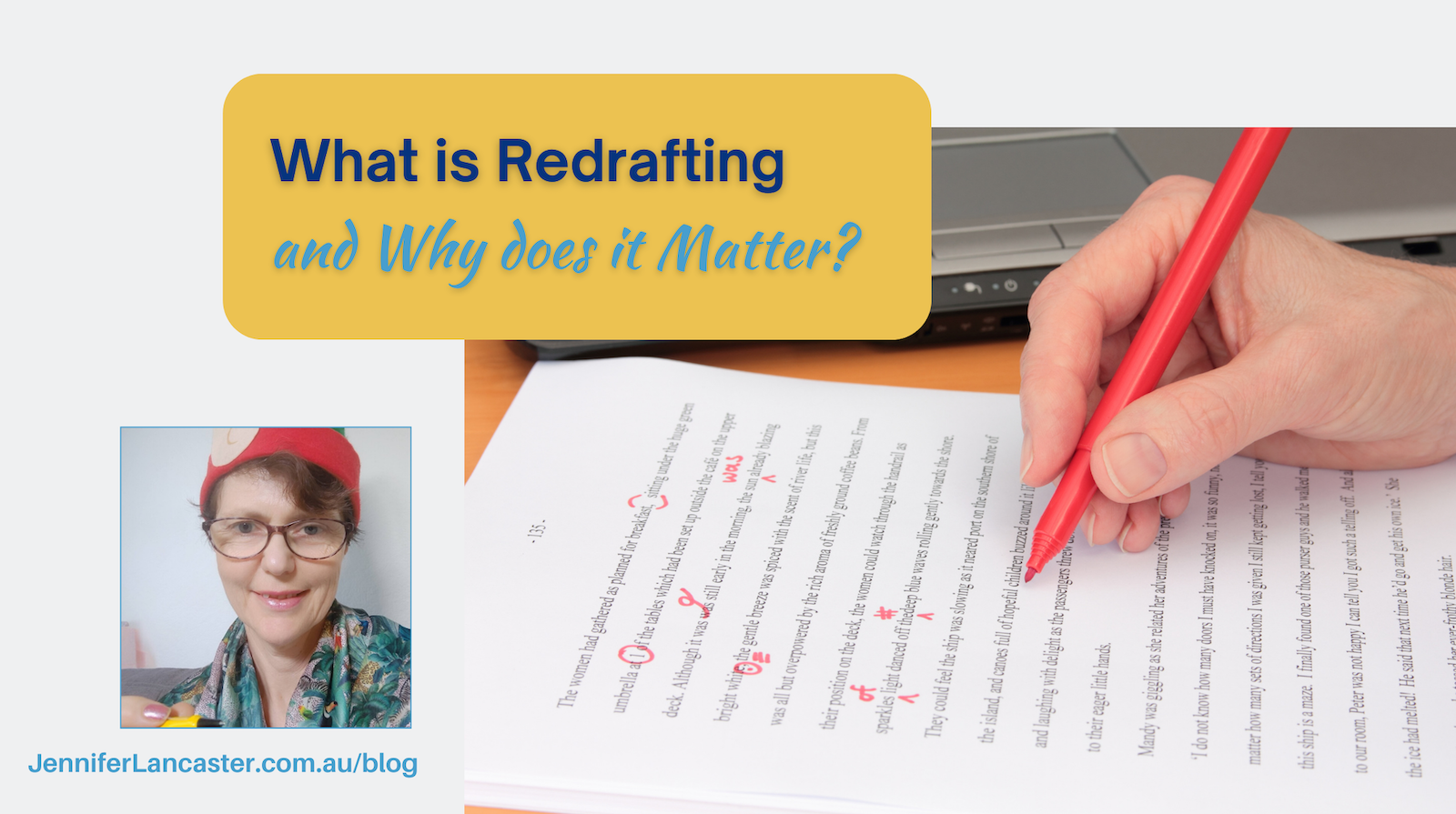So, you’ve pumped out the first draft of your nonfiction or creative nonfiction book. Sweat, tears and research done. Now what? Well, this where the real work begins. Lee Kofman calls this redrafting work ‘layering’, as different edit rounds build towards the final masterpiece.
With my book coaching program, I do the fun work of looking at structure and voice, and prompting the writer to fill in all the things that a reader won’t know about. If they’re telling a story which ends suddenly and I feel dissatisfied, I know the writer needs to add more detail and thoughts.
Kofman also says, “It is imperative to take off the blinkers … and turn searingly honest about the quality of our work”. (You can read her writer’s blog at LeeKofman.com.au). After all, it is only through years of writing, comparative reading, and copious redrafting that a writer can become good enough for the traditional publisher’s ‘keep’ pile.
If you aren’t sure of how to read for comparison and take notes, then the book ‘Reading Like a Writer’ by Francine Prose will get you started.
For the reader, it becomes a pleasure to read such words – words that were considered and left standing after a thorough forest fell. Most novice writers are too close to their work, too attached to their message or story, and that’s what makes redrafting hard. If you cannot be a ruthless editor, then perhaps you need to hire one!
Point of view is a difficult one. If you start writing in a completely different point of view (first person, second person or universal we first person) or tone of voice, it can be a tough decision to scrap it all and match the tone or viewpoint in the first chapter/s, however, it is a necessary one. Readers can get a bit lost or annoyed if things jump around and, say, a creative writing section then turns into a journalistic style.
Tips for Re-reading and Redrafting
- First wait a week or two and come to it fresh.
- Read 3-4 chapters at a sitting, red pen in hand.
- Print it out at Officeworks and give a copy to a critical teenager and someone else who reads deeply. Critiquing must be useful, e.g., not generalising all the writing in one comment that could knock your confidence. Ask for just a few places to work on.
- Redraft after keeping connected to your work by redrawing a mind map or thinking/talking about the themes. This helps the unconscious come to the fore, and the unconscious self knows what to do.
Theming

Remember to keep in mind the single thread that needs to be coming out all through your book. This thread keeps the work on track, and it is the answer to:
- What purpose does your book have in the world? What question does it answer?
If you keep asking yourself this question throughout the revision phases, it will help you keep the work on point.
If you’re writing creative non-fiction, you’ll be reading the many books on it and know what you like. My opinion on what makes a true story interesting is the currency of the story. The scenes are rich with present moment awareness. The main protagonist may be unknowable but you the writer get to make them human from the inside out. Your job is to do this work of imagining, and to redraft until the reader can see it too.
References: The Writer Laid Bare, Lee Kofman, 2022.
